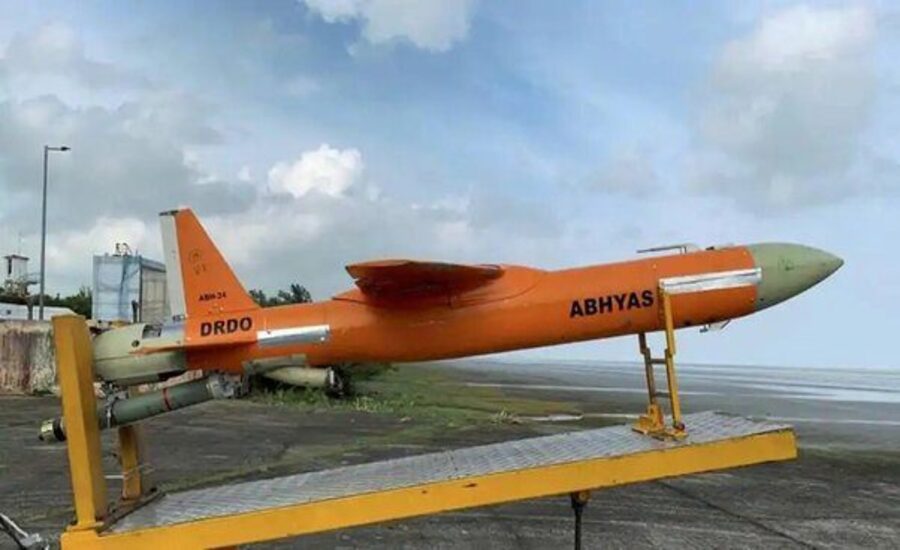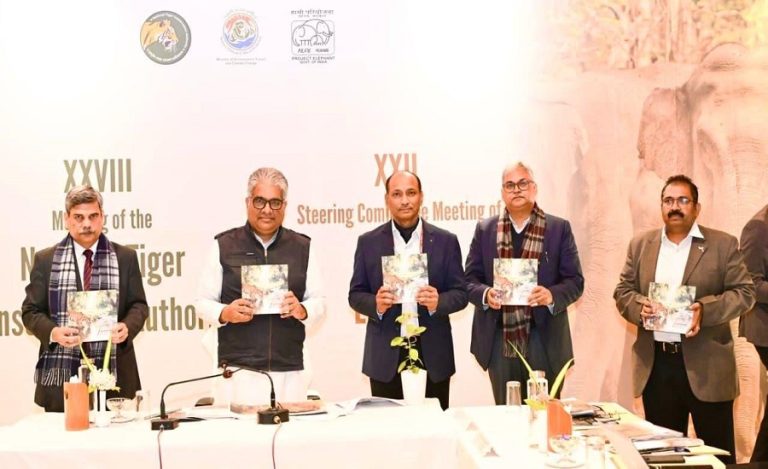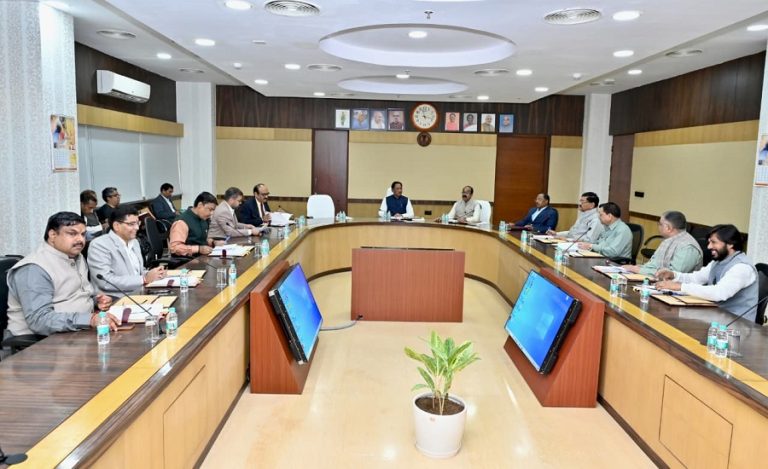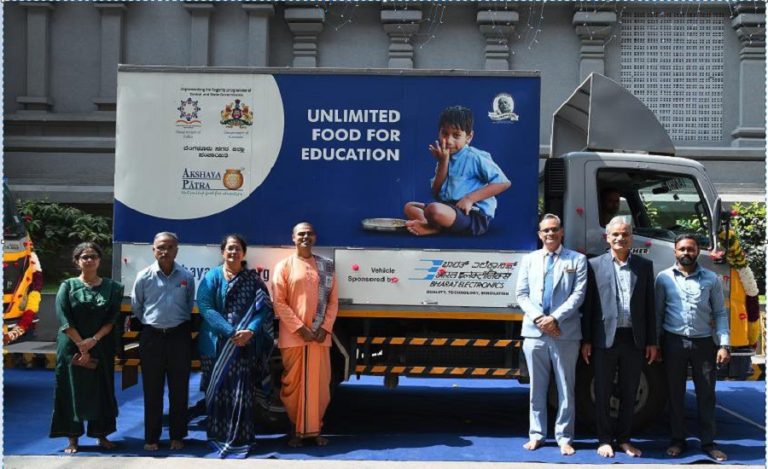New Delhi: In a significant stride for India’s defence manufacturing, the indigenously developed high-speed expendable aerial target system, ABHYAS, is now poised for mass production through a partnership with Larsen & Toubro. This move underscores India’s growing self-reliance in defence technology and training infrastructure.
Background of ABHYAS System
The system known as ABHYAS (High-Speed Expendable Aerial Target, or HEAT) was designed by the Aeronautical Development Establishment (ADE) under the Defence Research and Development Organisation (DRDO).
It has undergone a series of developmental flight trials at the Integrated Test Range (Chandipur, Odisha) validating its design, endurance, manoeuvrability, booster launch configuration and autonomous flight systems. Its purpose: to provide realistic target simulation for India’s armed forces during weapon-system training and threat response exercises.
Importance of ABHYAS System
- Indigenisation & Make in India – Moving from prototype/trial stage to mass production affirms India’s thrust toward self-reliance in defence manufacturing.
- Training realism & operational readiness – ABHYAS can emulate high-speed aerial threats with modular payloads (radar-cross section, infrared, visual augmentation) enabling realistic engagement scenarios for Army, Navy and Air Force units.
- Cost-efficiency & export potential – Domestic production through L&T promises lower logistics footprint and competitive cost compared to imported equivalents. Earlier reports indicated export potential to friendly countries.
- Private sector involvement in defence R&D – This collaboration exemplifies successful public-private synergy in defence technology transfer and production.
Key Challenges to Watch
- Scaling up production – Transitioning from trials to serial production demands stringent quality control, supply-chain readiness and manufacturing ramp-up.
- Technology transfer & IP protection – Ensuring the ToT process is robust, secure and efficiently implemented.
- Maintaining timeline – Defence projects often face delays; timely delivery will be critical for credibility.
- Integration with end-users – Ensuring the armed forces promptly integrate the system with their training regimes and infrastructure.
- Export hurdles – Export potential is subject to international regulations, end-use assurances and competitiveness.
Implications of ABHYAS System
Strategic – With ABHYAS production, India reduces reliance on foreign target systems and strengthens its capability to simulate aerial threats domestically.
Industrial – L&T’s role may open more contracts for private industry in defence manufacturing, boosting ‘Make in India’ and job creation.
Operational – Indian forces stand to gain more flexible, high-fidelity training assets, enhancing readiness for aerial and missile threats.
Diplomatic/Export – A mature indigenous product may enter export markets, improving India’s position as a defence equipment supplier.
Way Forward
- L&T must accelerate production lines, ensure supply-chain robustness and maintain standards.
- With early production units delivered, gather user feedback from armed forces and evolve variants.
- Exploring ABHYAS’s potential for loitering munitions, electronic decoys or unmanned teaming roles as indicated in earlier reporting.
- Formulate export road-map, engage friendly nations, ensure regulatory compliance and support after-sales.
- Continue integrating domestic avionics, propulsion and navigation as inputs for future systems, building a technology base for next-generation aerial targets.



























